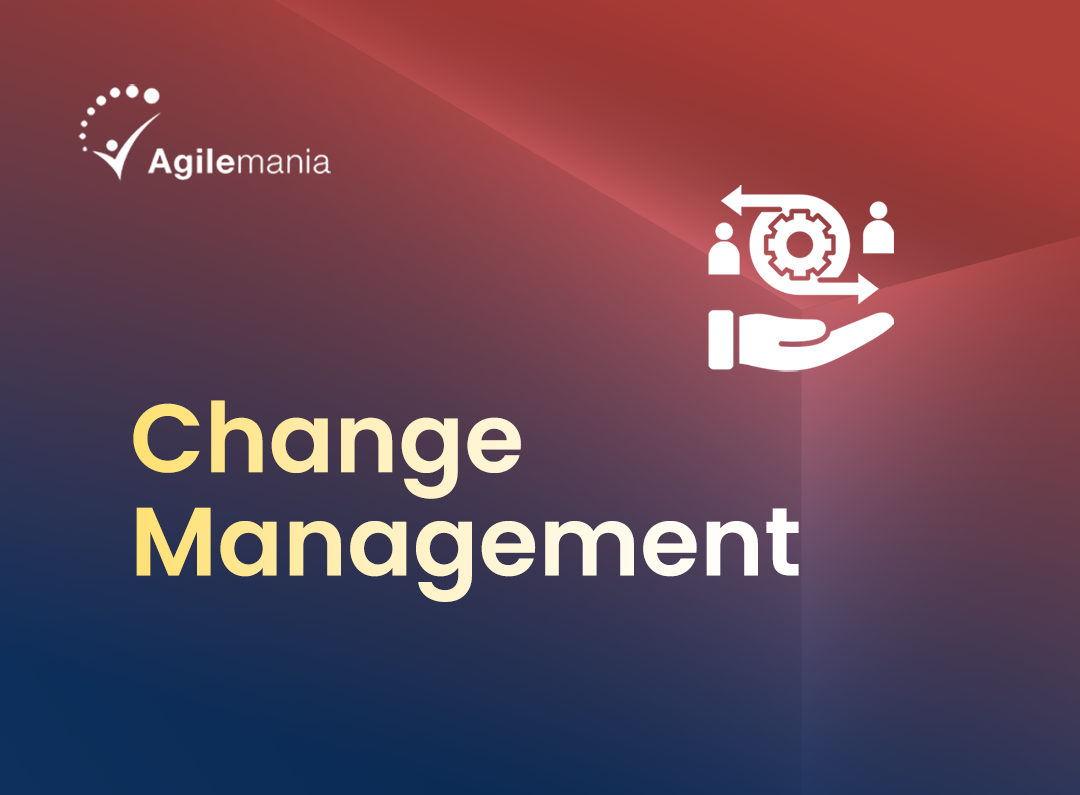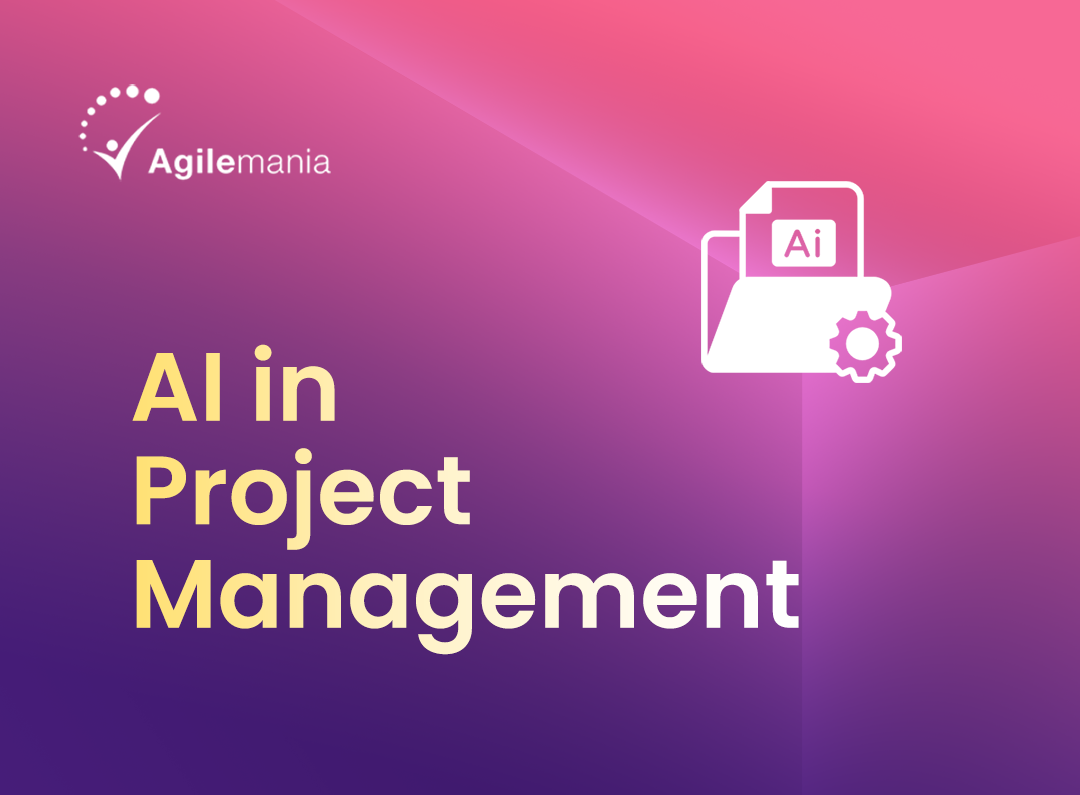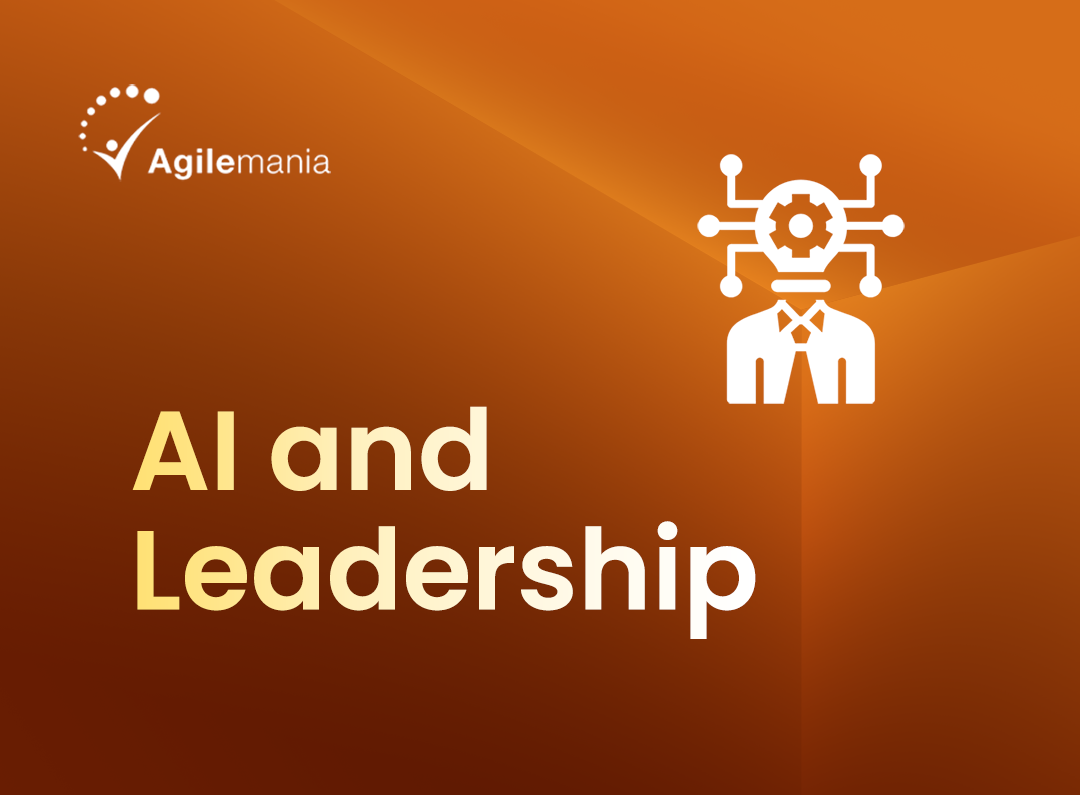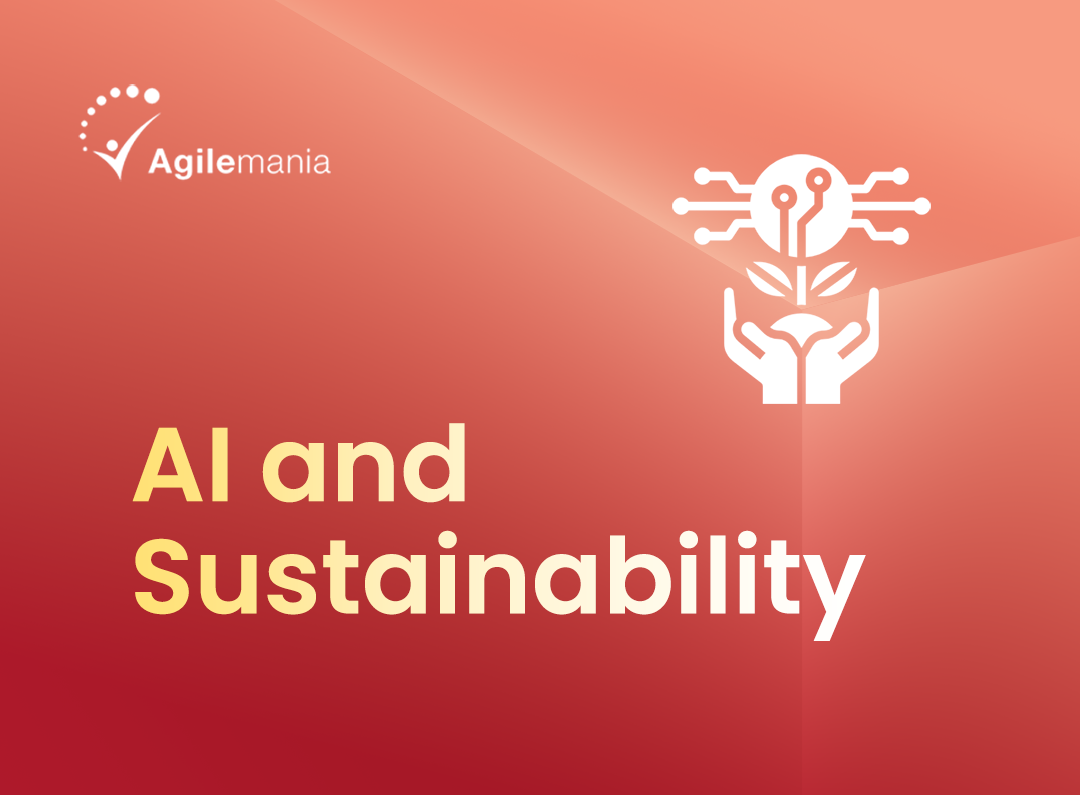Recent surveys say more than 50% organization already practicing DevOps. Many more have started thinking/planning to move in there. DevOps is about people, culture, process and technology and requires external support to move in this direction. Agilemania has been helping many organizations in overall DevOps transformation by designing strategies, providing DevOps training, setting up processes, designing technology roadmap, helping organization in rolling out and performing assessment.
Our DevOps adoption strategy has some defined steps but all steps may or may not needed for every engagement. The DevOps transformation strategy is chosen based on the business values and ROI of a particular business unit. Our DevOps adoption roadmap is right fit for Digital Transformation for organizations because we just do not focus only green field projects but we focus on legacy system. Legacy applications that are much slower to adopt, require highly specialized programmers, and have longer development cycles. This is relevant, because customer-facing applications will ultimately need to be integrated with legacy systems.
Steps Toward DevOps Adoption
Define Goal
Every journey is made with a destination in mind. Similarly, it is important to understand why an organization wants to change and its motivation for achieving continuous improvement. This phase is about identifying the variables that an organization feels are not conducive to growth and adoption of DevOps culture. In order to achieve global optimization and support for change, we need to identify the variables that affect the whole system to be taken care as part of DevOps adoption.
We suggest a change workshop, wherein a discussion with the management and team can be used to define the motive for change. We use tools such as change canvas, 5 why, writing elevator pitch, drawing causal loop diagram and designing organization perfection goal to define the goal for DevOps adoption.
Deliverables as part of our engagement:-
Every journey is made with a destination in mind. Similarly, it is important to understand why an organization wants to change and its motivation for achieving continuous improvement. This phase is about identifying the variables that an organization feels are not conducive to growth and adoption of DevOps culture. In order to achieve global optimization and support for change, we need to identify the variables that affect the whole system to be taken care as part of DevOps adoption.
We suggest a change workshop, wherein a discussion with the management and team can be used to define the motive for change. We use tools such as change canvas, 5 why, writing elevator pitch, drawing causal loop diagram and designing organization perfection goal to define the goal for DevOps adoption.
Deliverables as part of our engagement:-
- Clear goal for DevOps transformation stating real business need
- Business case for DevOps adoption for management – Tracking several metrics that Ops cares about will underscore the wins for the entire team — including Dev and QA:
- Uptime/downtime: Are you better able to meet your service-level requirements? Has downtime decreased?
- Change fail rate: Have failures decreased?
- Mean time to recover: Have you shrunk the time it takes to roll back to your last-known good state when a failure occurs?
Assessment
Assessment includes people mindset, governing processes, adopted practices and toolsets. We start assessment by capturing current processes, practices, and organize workshops to understand the people mindset. We also collect data for the KPIs to benchmark the current state. After identifying teams inside or outside the organization that are exhibiting the characteristics of what the organization wants to be, we analyze the whole system and structure to understand the impact of change before designing a new plan. Last, we draw a complete delivery pipeline ofthe work done to identify the bottlenecks in the pipeline.
Our assessment process includes many small workshops around designing value stream mapping, assessments game and brainstorming sessions. Assessment includes questionnaires, surveys, group discussions and interviewing leaders.
Area of Assessment – Development practices, Testing Practices, Release Practices, Security Practices and Operation Practices
- Which development effort does your organization spend the most time on?
- What types of applications does your organization primarily develop?
- On average, what is your typical release cycle time from idea to production?
- Is company practice Continuous Integration? If yes, what’s the frequency of integration?
- Is your company practice Continuous Delivery?
- Do you practice any agile framework such as Scrum, Kanban? Are you building releasable software at end of every iteration?
- Are you having testing automation practices in place? What % of test coverage you target?
- Do your organization use IT automation or configuration management software?
- Team usage version control for configuration management or production Artifacts?
- How often is your organization able to deploy a code change or patch into production?
- What is your lead time for deploying changes?
- How long does it generally take to restore service when a major incident
- Organization automate testing of infrastructure?
- How often are manual changes made directly on servers in production?
- Organization incorporate operations into the entire software delivery lifecycle?
- Your organization incorporate security into the entire software delivery lifecycle?
- Does organization have retrospectives and incident post-mortems?
- Do you have key metrics displayed on dashboards in your work areas?
- How many projects are staffed with teams with both development and operations skills?
Deliverables:-
- Current situation documents in terms of above points
- Documented view on maturity of DevOps in an organization
Design Roadmap
Transformation is about bringing change in people mind-set, organizational culture and processes. Organization change is possible but takes time and we expect collaboration over just monitoring. Our coaches spend majority of their time in this phase. They work with the team and go through cycle of plan-do-check-act. Agilemania focuses on developing and building internal DevOps coaches in order to sustain culture change and that’s also help in minimizing cost of adoption. We design new processes and help the team to adopt and adapt while also building internal coaches to take this journey forward.
We Focus On Below Area While Designing Roadmap
- Culture – Focus on building DevOps culture where employee feel safe® to fail during experiment
- Processes – Process that covers Idea to Cash by designing Value Stream Mapping
- Practices – Such as Continuous Integration, Continuous Delivery, Deployment, Test Automation, Version Control, Monitoring and Operation
- Tools – That suits to technologies stack
Deliverables as part of designing roadmap:-
- Suggestion and agreement on best possible processes, practices and tools
- Workshop plan for everyone going through transformation
- DevOps culture training workshop for everyone involves in pilot project
- Tools training for developers, testers and operations team
- Roll-out strategy training for change agent
- Leadership workshops
Initiate Journey
Application of the roadmap is not only the longest step in the whole journey but also a continuous one. Application requires facilitation, inspection, and adaption with great patience. Change can be smooth but a majority of the time it’s disruptive. We make this journey transparent to restore trust in people by designing an information radiator. While the transformation process depends on the kind of roadmap designed in the previous steps, we also incorporate standard processes such as Kick-Off Pilot, Review, Stabilize and Rollout for targeted business units.
While we focus more on designing and customizing your own processes versus renting processes, there may be situations and scenarios where we would suggest the adoption of standard organization transformation frameworks like LeSS, SAFe® or Spotify etc. A lot depends on the leadership team/ organization complexity and what change means to the organization. Below is our model for application inspired by PDCA (Plan-Do-Check-Act) for every change.
Review the overall progress made towards the transformation goal by comparing KPIs and identify further improvements to achieve the Objective stated initially. We design KPIs driven by outcome, and not output, to ensure that leaders focus on business value rather than fake productivity.
Every process requires continuous review in order to be effective or it will tend to become a liability in the future. Agilemania proposes an investment towards continuous review by an external entity. We get engaged in such reviews to ensure processes are going through continuous improvement.
Measure Success Based On Below
- Lead Time (Response Time)
- Cycle Time (Development to Delivery Time)
- Mean Time To Recovery
- Deployment Frequency
- % of Failed Deployment
Deliverables:-
- Improvement report periodically
- Review with management
- Comparison report between previous vs now
![]() Get Your AI-Enabled Scrum Master Certification for Just ₹1,500 (Save 85%)!
Get Your AI-Enabled Scrum Master Certification for Just ₹1,500 (Save 85%)!
































































































